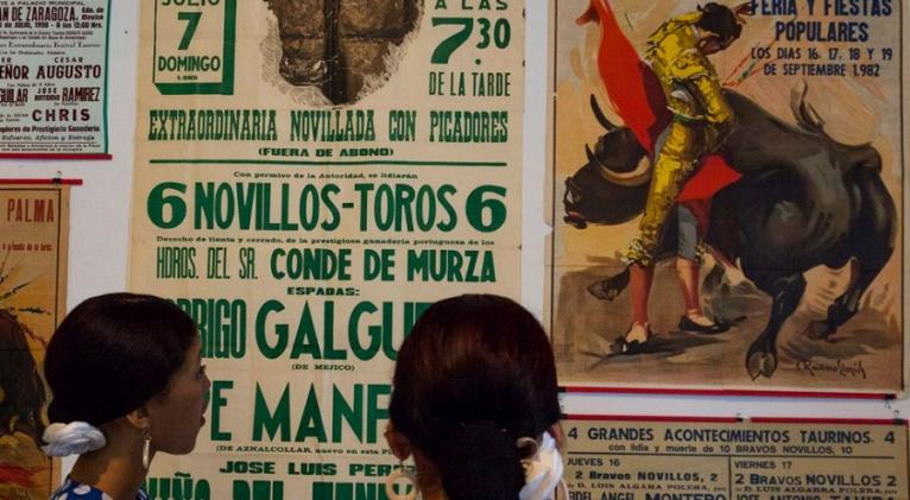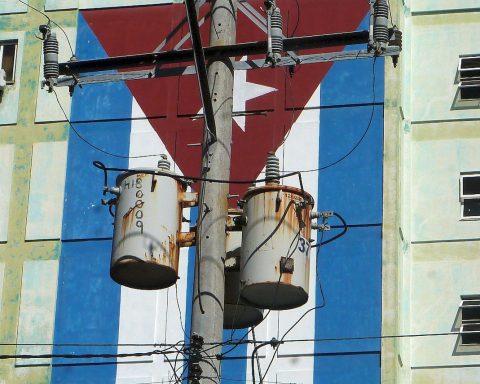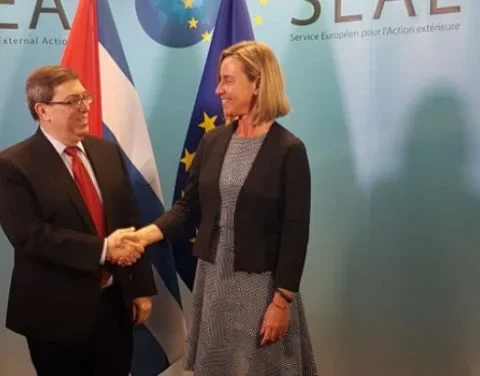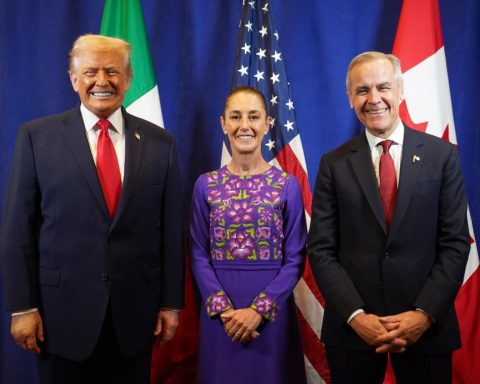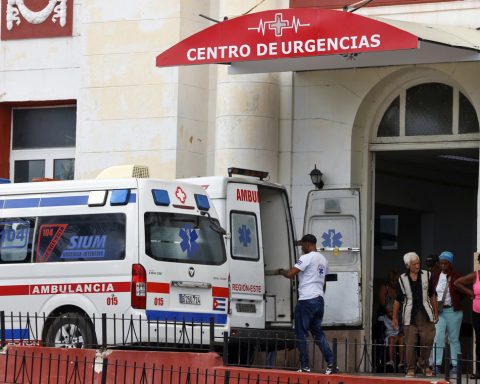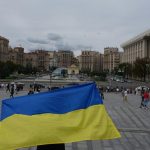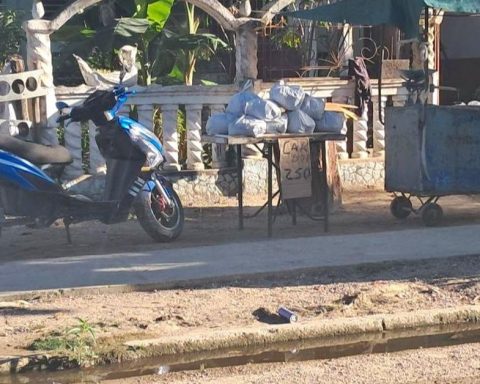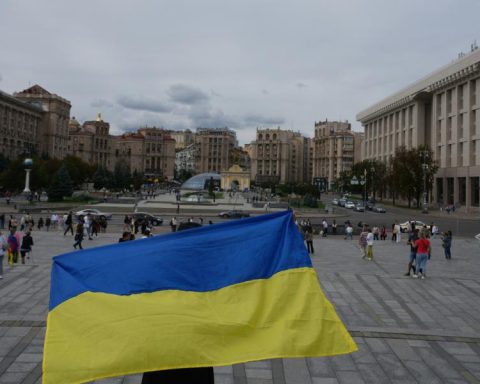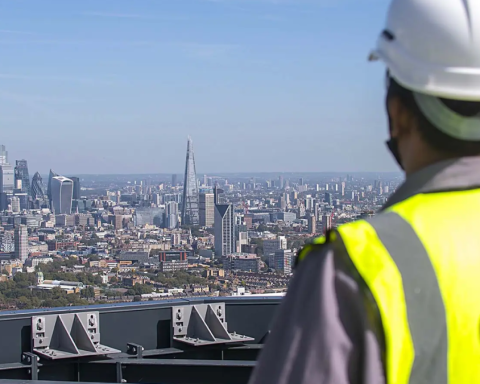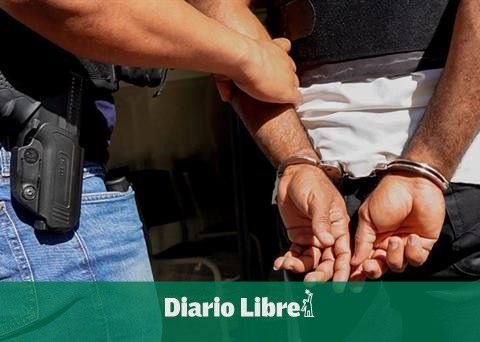AREQUIPA, Peru – The first bullfight in Cuba took place in 1538 in Santiago de Cuba, on the occasion of the arrival of Hernando de Soto, governor of the island and adelantado of Florida.
A precedent is mentioned in 1514, when bulls were fought on Corpus Christi day, according to Father Bartholomew of the Houses.
Bullfights arrived in Havana in 1569 and were especially notable when 32 bullfights were promised to Saint Christopher to eliminate plagues.
A century later, in 1682, bullfights were banned on holidays, but important events still took place, such as the bullfight in Havana to celebrate the accession of Charles III to the Spanish throne.
The first bullring in Havana was built in 1769 on the corner of Monte and Arsenal. Over the years, other bullrings were built in different places around the city, such as Monte and Egido in 1796, Águila Street in 1818, and Campo de Marte in 1825. In 1853 a new bullring was built in Belascoaínand the last one was in Infanta and Carlos III.
Bullfights were suspended in 1899 by the US military intervention. After the War of Independence, leaders of the Liberation Army promoted the prohibition of bullfights and cockfights.
Although General Brooke suspended bullfights, it was his successor, General Wood, both American interveners, who also banned cockfighting from June 1900, with fines for those who disobeyed the measure.
The topic is covered in the book Bullfighting in Havana, a bitter republican controversy (1902-1959)published in 2018 by Bologna Editions.
It so happened that from 1830 onwards, with the emergence of Cuban national identity, Creoles began to prefer cockfights over bullfights, in addition to changing their culinary preferences, choosing coffee over chocolate, black beans over chickpeas, and rice and beans instead of bread dipped in stew.
During the Republic, there were attempts to reintroduce bullfighting to attract tourists, but they were unsuccessful. The little that is remembered Regarding bullfights in Cuba, he is most associated with the figure of the bullfighter Mazzantini, who, although he was not Cuban, is still remembered throughout the Island.
Follow our channel WhatsApp. Receive the information from CubaNet on your cell phone through Telegram.
